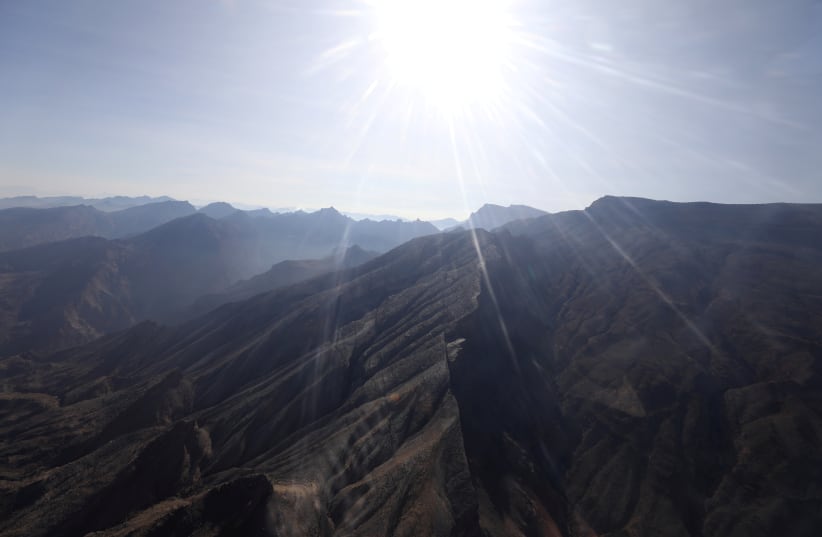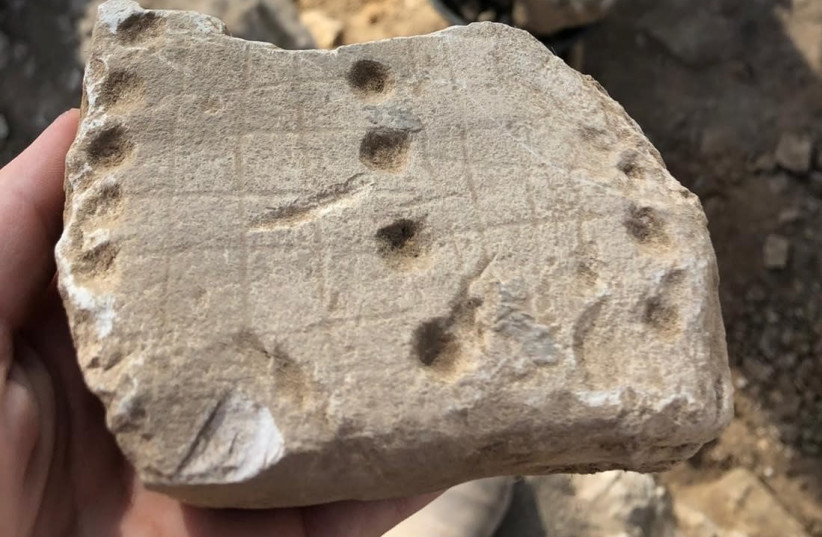A joint team of Polish and Omani archaeologists discovered multiple artifacts including a tower, evidence of copper smelting and a stone gameboard from between 2500 and 2000 BCE in excavations at the site of an ancient settlement in Oman's Qumayrah Valley.
The team, led by Prof. Piotr Bieliński from the Polish Centre of Mediterranean Archaeology at the University of Warsaw (PCMA UW) and Dr. Sultan al-Bakri, director-general of Antiquities at the Ministry of Heritage and Tourism of the Sultanate of Oman, is conducting the excavations as part of a project called "The development of settlement in the mountains of northern Oman in the Bronze and Iron Ages." According to PCMA UW, which published the findings on its website on Tuesday, the project investigates the development of settlements in Oman's Northern Hajar mountain range.
The archaeologists found a stone gameboard with markings and holes - indicating concepts similar to those of other games played during the Bronze Age. Though such items are rare, other gameboards have been found from Mesopotamia, India and the Eastern Mediterranean basin, according to Bieliński.
The most recent work focused specifically on settlements from the Umm an-Nar period, about 4,000 years ago. The excavation site was located at a strategically significant junction of routes, along which other sites from this period had been previously discovered. There, the archaeologists hoped to unearth evidence of another settlement.
The team found this evidence in the form of a large tower which was previously hidden beneath the surface, copper objects and an ancient gameboard.
The discovery of the tower followed earlier digs revealing three other towers. Though the most recently-excavated tower is up to 20 meters (about 66 feet) wide, "[i]t was only discovered during [the latest] excavations," according to PCMA UW's Dr. Agnieszka Pieńkowska. "The function of these prominent structures present at many Umm an-Nar sites still needs to be explained," she added.
The team also discovered copper items and additional evidence of copper working. Prof. Bieliński cited these finds as proof that residents of the settlement "participated in the lucrative copper trade for which Oman was famous at that time, with mentions of Omani copper present in the cuneiform texts from Mesopotamia."

